I'm using Kubernetes and I recently updated my admin certs used in the kubeconfig. However, after I did that, all the helm commands fail thus:
Error: Get https://cluster.mysite.com/api/v1/namespaces/kube-system/pods?labelSelector=app%3Dhelm%2Cname%3Dtiller: x509: certificate signed by unknown authority
kubectl works as expected:
$ kubectl get nodes
NAME STATUS ROLES AGE VERSION
ip-10-1-0-34.eu-central-1.compute.internal Ready master 42d v1.7.10+coreos.0
ip-10-1-1-51.eu-central-1.compute.internal Ready master 42d v1.7.10+coreos.0
ip-10-1-10-120.eu-central-1.compute.internal Ready <none> 42d v1.7.10+coreos.0
ip-10-1-10-135.eu-central-1.compute.internal Ready <none> 27d v1.7.10+coreos.0
ip-10-1-11-71.eu-central-1.compute.internal Ready <none> 42d v1.7.10+coreos.0
ip-10-1-12-199.eu-central-1.compute.internal Ready <none> 8d v1.7.10+coreos.0
ip-10-1-2-110.eu-central-1.compute.internal Ready master 42d v1.7.10+coreos.0
As far as I've been able to read, helm is supposed to use the same certificates as kubectl, which makes me curious as how how kubectl works, but helm doesn't?
This is a production cluster with internal releases handled through helm charts, so it being solved is imperative.
Any hints would be greatly appreciated.

